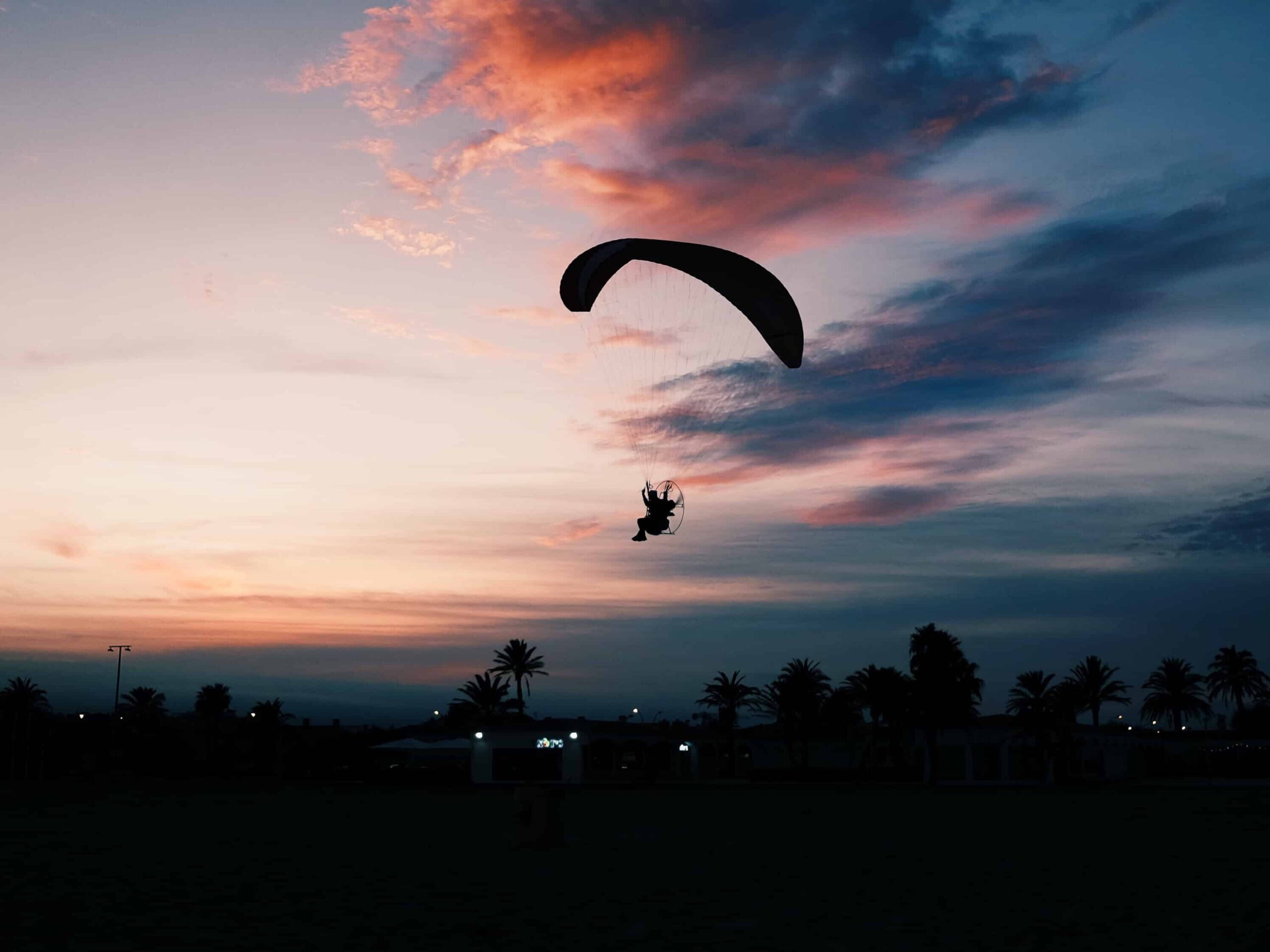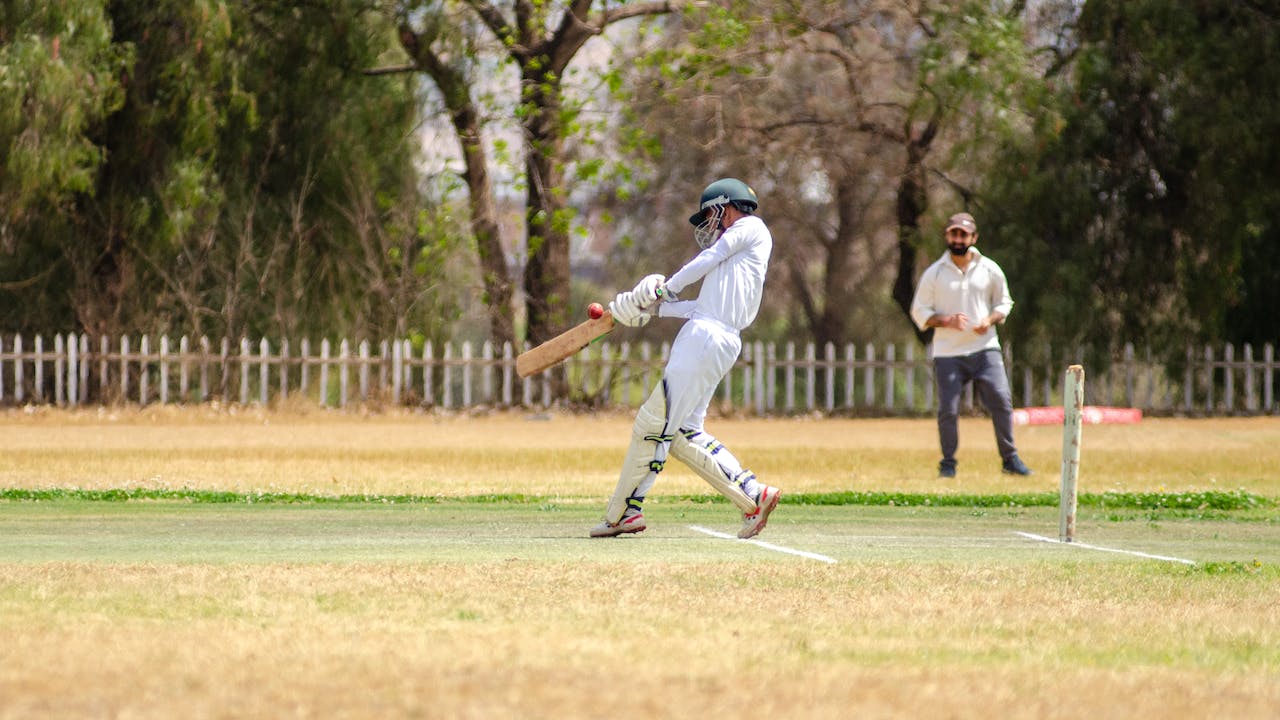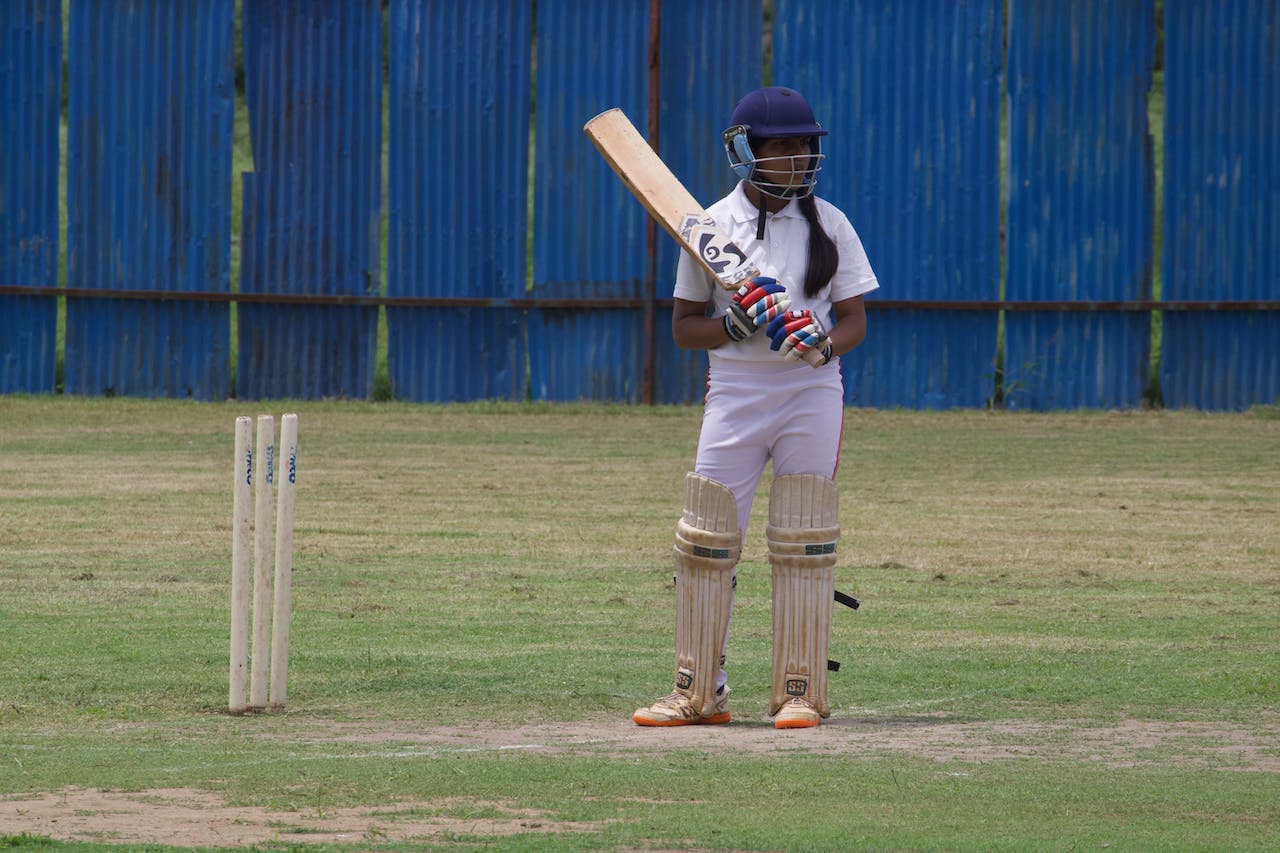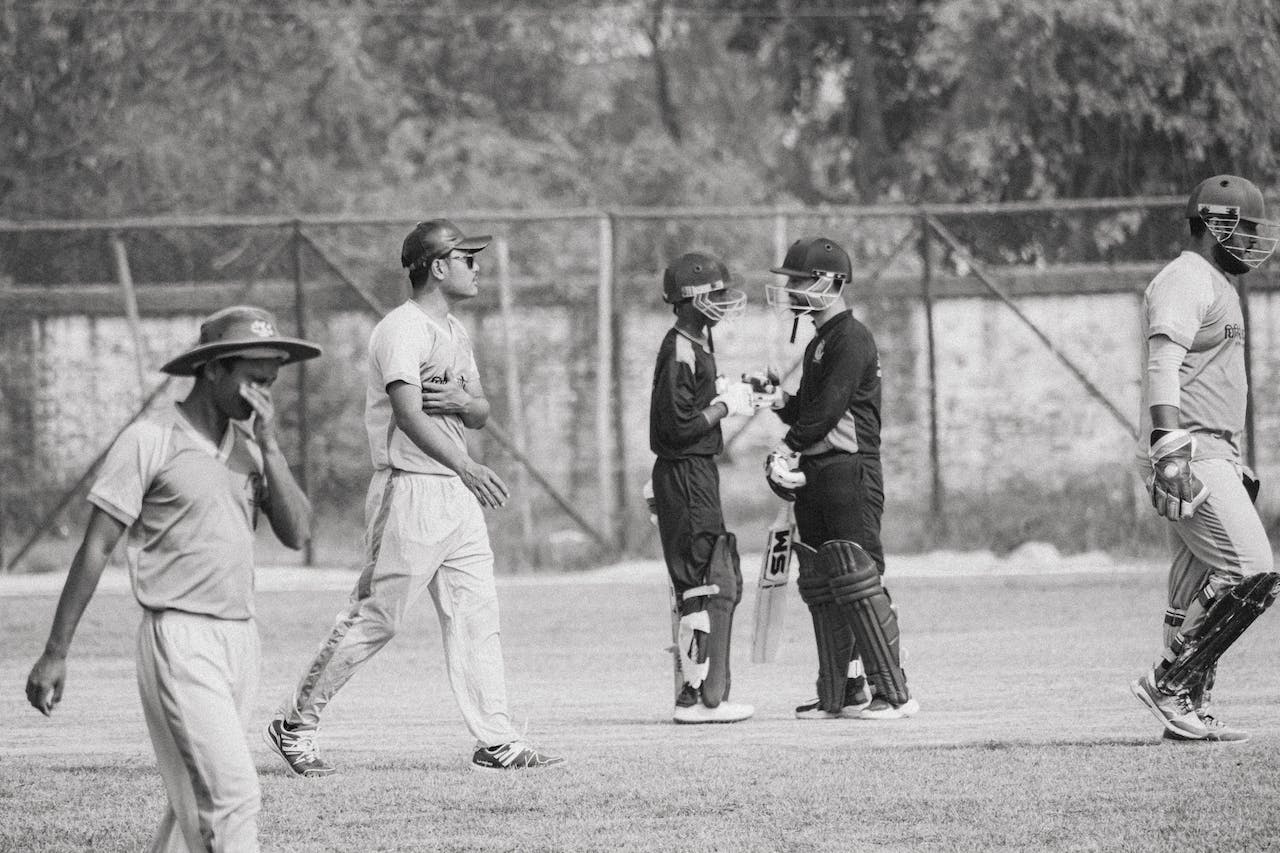Introduction:-The rush of wind against your face, the adrenaline pumping through your veins, and the vast expanse of the open sky stretching out before you—this is the exhilarating world of sports skydiving. Beyond the realm of traditional skydiving, sports skydiving takes the experience to new heights, quite literally. In this article, we’ll explore the fascinating and adrenaline-fueled world of sports skydiving, delving into its history, the different disciplines involved, the equipment used, and the incredible experiences that await those daring enough to take the plunge.
History of Sports Skydiving:
Skydiving has a rich history that dates back to the late 18th century when Andre-Jacques Garnerin made the first recorded parachute descent in 1797. However, it wasn’t until the early 20th century that skydiving began to evolve into the extreme sport we know today. The sport gained popularity among daredevils and thrill-seekers, with the first parachute competitions taking place in the 1930s.
Sports skydiving, as a distinct discipline, emerged in the latter half of the 20th century. In the 1950s and 1960s, parachuting competitions became more organized, and formal rules and disciplines were established. Over the years, the sport has continued to evolve, with new techniques, disciplines, and records being set regularly.
Disciplines in Sports Skydiving:
Sports skydiving offers a variety of disciplines, each with its own set of challenges and thrills. These disciplines showcase the diverse ways enthusiasts can experience the freedom of freefall. Some of the most popular disciplines include:
-
Formation Skydiving (FS): Formation skydiving involves groups of skydivers creating intricate formations in freefall. Teams of skydivers work together to execute predetermined sequences while maintaining close proximity to one another. The precision and teamwork required in FS make it one of the most visually stunning disciplines in sports skydiving.
-
Freefly: Freeflying allows skydivers to break away from the traditional belly-to-earth orientation, giving them the freedom to fly in various positions. Freeflyers perform acrobatic maneuvers, often spinning, flipping, and diving headfirst, creating a dynamic and visually captivating experience.
-
Canopy Formation (CF): Canopy formation involves skydivers flying their parachutes in close proximity to each other and linking up to form predetermined formations. This discipline requires precise control of the parachute and exceptional canopy piloting skills.
-
Wingsuit Flying: Wingsuit flying is perhaps one of the most extreme disciplines in sports skydiving. Skydivers don specialized wingsuits that enable them to glide through the air like human flying squirrels. The thrill of proximity flying and soaring over landscapes is a unique and adrenaline-pumping experience.
-
Accuracy Landing: Accuracy landing is all about precision. Skydivers aim to land as close as possible to a target on the ground. This discipline tests a jumper’s ability to control their descent and land with pinpoint accuracy.
Equipment Used in Sports Skydiving:
The equipment used in sports skydiving has undergone significant advancements to ensure safety and enhance performance. Some of the key pieces of equipment include:
-
Parachute Systems: Modern parachute systems are designed for reliability and performance. They typically consist of a main parachute and a reserve parachute, ensuring a backup in case of any issues with the primary canopy.
-
Wingsuits: Wingsuits are specialized jumpsuits with fabric membranes between the legs and under the arms. These suits increase the surface area of the body, allowing skydivers to glide through the air. Wingsuits are a crucial component for those engaging in wingsuit flying.
-
Altimeters: Altimeters are essential instruments that measure the altitude of a skydiver above a reference point. This helps jumpers track their descent and deploy their parachutes at the correct altitudes.
-
Helmets and Goggles: Safety is paramount in sports skydiving, and helmets with built-in goggles provide protection for the head and eyes during freefall. Goggles shield the eyes from wind, debris, and other elements.
Experiences and Challenges:
Participating in sports skydiving offers a unique and life-changing experience. The sheer thrill of jumping out of an aircraft, the weightlessness of freefall, and the breathtaking views contribute to an adrenaline rush like no other. However, along with the thrill come challenges that skydivers must face and overcome.
Discover the thrill of whitewater rafting with our comprehensive guide. Explore top destinations Middle & long distance and Australian rules, essential gear, and safety tips for beginners
-
Fear and Overcoming Limits: Overcoming the fear of jumping out of an aircraft is a significant challenge for many aspiring skydivers. The sport demands mental resilience and the ability to push personal limits. Skydiving can be a transformative experience, helping individuals build confidence and face fears head-on.
-
Precision and Technique: Each discipline in sports skydiving requires a specific set of skills and techniques. Achieving precision in freefall formations, canopy control, or wingsuit flying demands dedication, practice, and a commitment to honing one’s abilities.
-
Weather Conditions: Weather plays a crucial role in sports skydiving. Wind speed, cloud cover, and other atmospheric conditions can impact the safety and feasibility of a jump. Skydivers must be vigilant and make informed decisions based on weather conditions.
-
Equipment Maintenance: The reliability of skydiving equipment is paramount. Regular maintenance and thorough checks are essential to ensure that parachutes, harnesses, and other gear are in optimal condition.
Conclusion:
Sports skydiving is a thrilling and dynamic pursuit that allows individuals to defy gravity and experience the world from an entirely new perspective. From the early days of parachute competitions to the modern, high-tech world of sports skydiving, the sport has come a long way. With its diverse disciplines, cutting-edge equipment, and a global community of enthusiasts, sports skydiving continues to captivate those who seek the ultimate adrenaline rush.
Whether it’s the precision of formation skydiving, the acrobatics of freeflying, the exhilaration of wingsuit flying, or the challenge of accuracy landing, sports skydiving offers something for everyone. As the sport continues to evolve, pushing the boundaries of human flight, one thing remains constant—the unparalleled thrill of soaring through the skies, defying gravity, and experiencing the freedom that sports skydiving uniquely provides. So, are you ready to take the plunge and join the ranks of those who have experienced the ultimate adventure in the vast, open skies?





